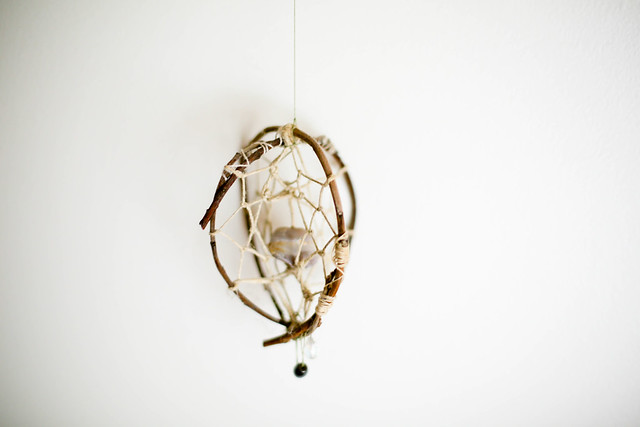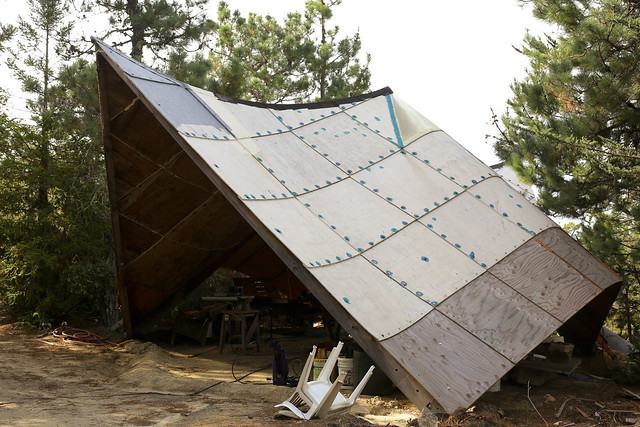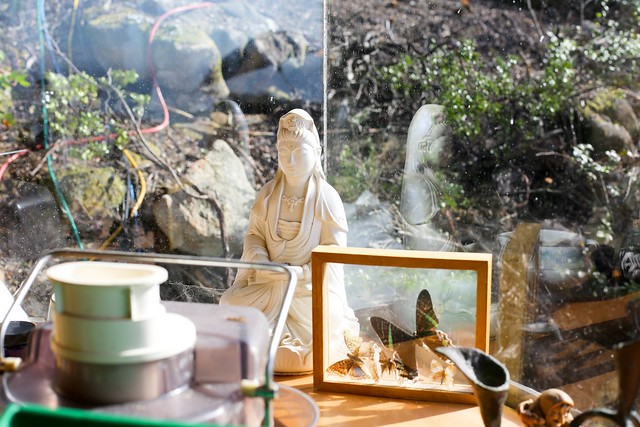
*I came back from Mendocino County last night, where I spent two nights in a sawdust-covered room on a dirty mattress. Only plexiglass and planks of wood separated us from the cold air outside, which, at night, was empty except for the squawking of the sea lions down by the ocean.
*When we first arrived around midnight, I was in a half-stupor; the darkness of the night always makes me so tired. Without sunlight, the coastal drive from San Francisco to the North Bay is reduced to a means, instead of the pleasurable end it usually is. In my somnolent state, I had left him to navigate the windy roads by himself, which he does well, silently. By the time I stirred, we were on a narrow and rocky road nestled between pine trees, guided forward only by our headlights.

*Rhododendron Drive signaled that we had gone too far, so we turned back and then turned again sharply into a barely visible opening among a thicket of trees and shrubbery. A sharp left again at the fork in the opening, and we saw towering structures that looked like the strange realizations of graph-paper geometry. In the dark, they looked ominous, like the siege towers at the borders of a foreign land.
*The house was dark, except for a string of red Christmas lights that hung vertically on the door, which reminded me of a my childhood neighbor. I had come home one day after school to see that he had painted his ivy-enshrouded door a bright red, which was so ghastly against the dark, almost medieval stones that his house was built from. He said that the red made it easier to find his way inside on nights that he stumbled home drunk. To this day, I’m not sure if that was a joke.

*Jasper was at the door and he welcomed us into the living room, which opened up into a small kitchen on the left, a dining table on the right, and what seemed to be a misplaced grand piano between it all. Instantly I felt over-stimulated, even though the room was only dimly lit by lamps. Near the foyer, cassette tapes overflowed on one shelf, stacks of books on another. The whole room was a curiosity shop, full of bric-a-brac and ornaments, the fruits of a handmade life and the long-time collection of a person who relishes things.

*I’ve always believed that the things we choose to keep, whether in abundance or in lack, reflect the people we are and the life we want to lead. This isn’t so much a belief as a paradigm I employ to understand people, both anthropologically and relationally. Yet there is no logical foundation or evidence for this paradigm, except maybe my own love of tangible things*** and artifacts, or maybe a chronic bad habit of over-analyzing, ascribing too much significance to the trivial and banal (these are two of my worst habits, I must admit). The picture of a haloed Saturn, the kaleidoscopic prints hanging on the wall, the plastic flowers on the piano, the cat comb and the barbie comb, the wooden recorder, the plaster mask, the rocks, the mirrors, the lone dreamcatcher, the tiny buddhas–they all mean something. Each object has a memory, and even when that memory is forgotten, the object is no less important, for its forgotten arrival does not deny its existence but becomes a part of it. I appreciated the indiscriminate nature of this household miscellany; that indiscrimination, which was probably cause for the sheer number of objects, seemed to me an gesture of baring one’s s soul, of turning a physical space into an extension of self. The messiness of it all is so raw and real, as it and we should be.


***One of the best classes I took in college was called Tangible Things, where we traced Harvard’s history through a study of artifacts found in Harvard museums. The class was taught by two wonderful professors: Laurel Thatcher Ulrich (of “Well-behaved women seldom make history” bumper sticker fame) and Ivan Gaskell, a cultural historian. From quilts to girl-scout uniforms to a jar of tapeworms (other objects included: John Singer Sargent’s palette, Mark Twain’s microscope, Louis Aggasiz’s Brazilian coffee beans, Henry David Thoreau’s pencil, and a century-old tortilla chip), we examined how objects not only serve as a lens for critical historical examination but also how groupings of objects can weave together stories and questions and time periods. Anthropological examination of objects also calls for categorization and cataloguing, a process which is revealing of the way we compartmentalize and view the world.
****
My favorite places to gawk home objects: THE SELBY
FREUNDE VON FREUNDEN
Also:
WHY WE LOVE BEAUTIFUL THINGS
0 comments:
Post a Comment